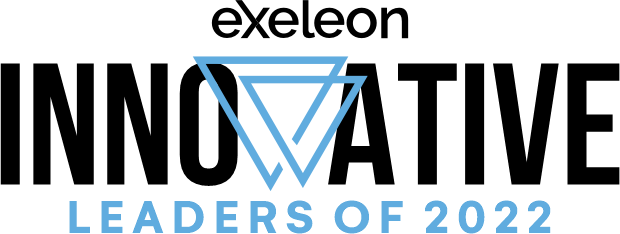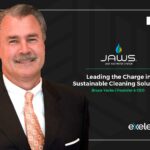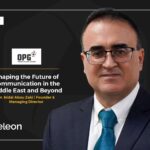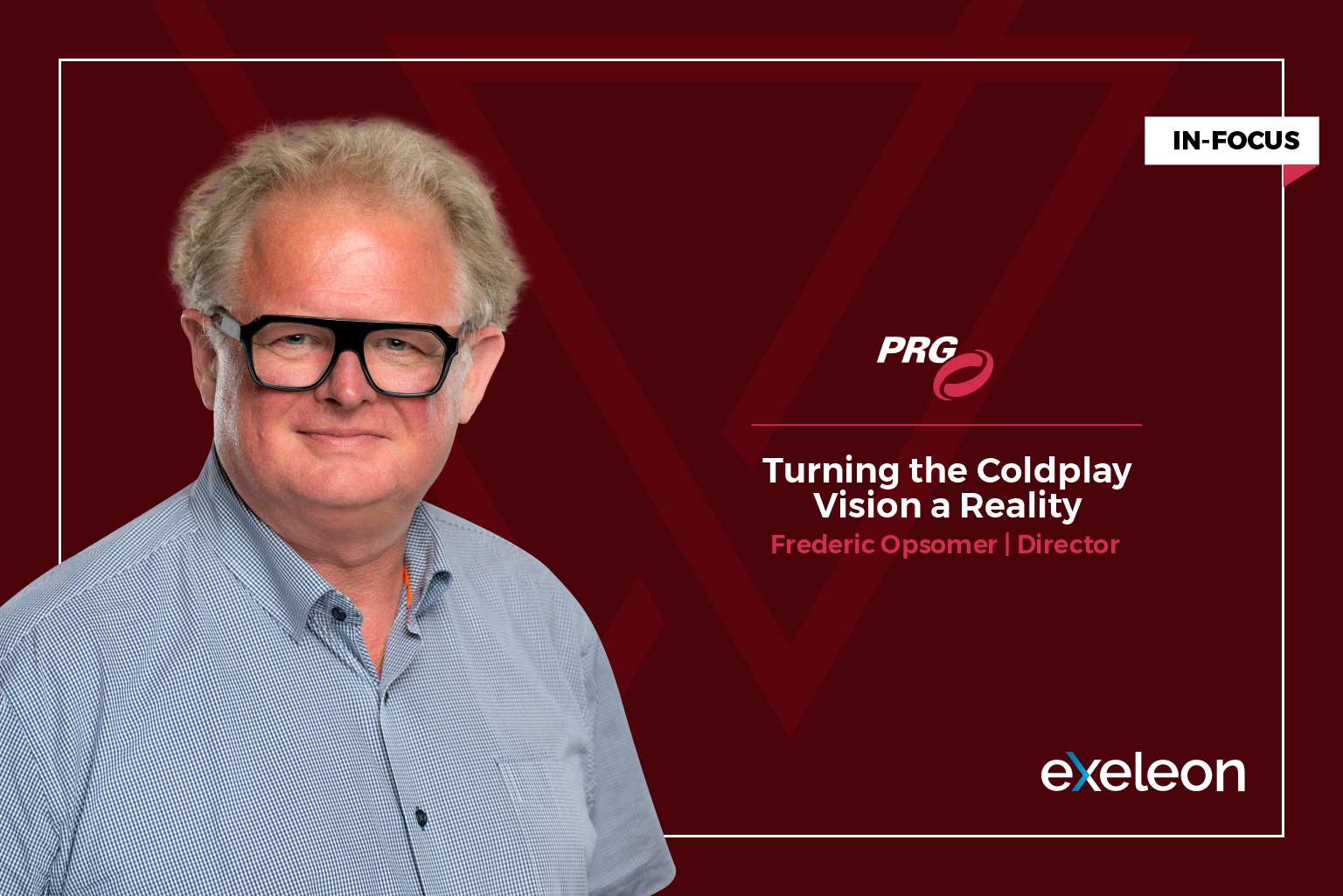
In 2019, Coldplay announced their vision of a more sustainable touring footprint. With the simple intention of reducing environmental impact, Coldplay set out on this global mission.
However, turning this into a reality required the insight, knowledge, and foresight of a team of capable experts.
Frederic Opsomer, Director at PRG Projects, spearheaded this into a possibility and brought alive the vision of one of the biggest touring bands in the world.
In this Exclusive Interview, Frederic shares his journey, the Coldplay project, and the various unknown challenges his team had to face.
What according to you makes one an innovative leader? How do you integrate the same thought into your leadership?
For me, an innovative leader is someone who tries to predict the future by looking ahead 20 years, then working to figure out how we can take steps to get there today. I try to integrate this into my leadership and work by developing new products and new technologies that help lead up to what the future will look like years from now.
What is your earliest memory as a leader / entrepreneur that you can remember?
As early as 12 years old, I’ve been the person at school and with my friends who organized all of the activities, whether it was for school, sports activities, or parties. I always have been that guy that volunteered to be the spokesperson for those kinds of roles and took on those responsibilities.
Brief us about your role at PRG Projects as the Director and what it involves?
At Production Resource Group, I lead the PRG Projects division which I formed in 1993. This arm of the business builds truly unique proprietary solutions for the production and entertainment industry all over the world.
Our goal is to enhance the audience experience with a range of extraordinary visual spectacles. I have a long history of providing custom LED structures for touring artists like U2 and Coldplay whose creative vision informs the work we do. I’m closely connected with each project and work alongside my incredible team on event design, installation, and LED innovation.
Talk to us about the vision with which Coldplay approached PRG Projects and the task at hand.
We actually approached Coldplay in January of 2020 after Chris Martin announced that he would only do his next tour sustainably and we had a lot of ideas on how to accomplish this.
The artistic set designer, Misty Buckley, made some initial sketches on what the stage would look like and from there, we began experimenting with different materials like bamboo, which is incredibly sustainable, to see how we could make the visions come to life.
This was very different from other tours because we really studied the materials we were using and were exploring many more avenues for each idea than we normally would. Not all of our ideas made it to the tour, but we played around with each idea in order to achieve the best results.
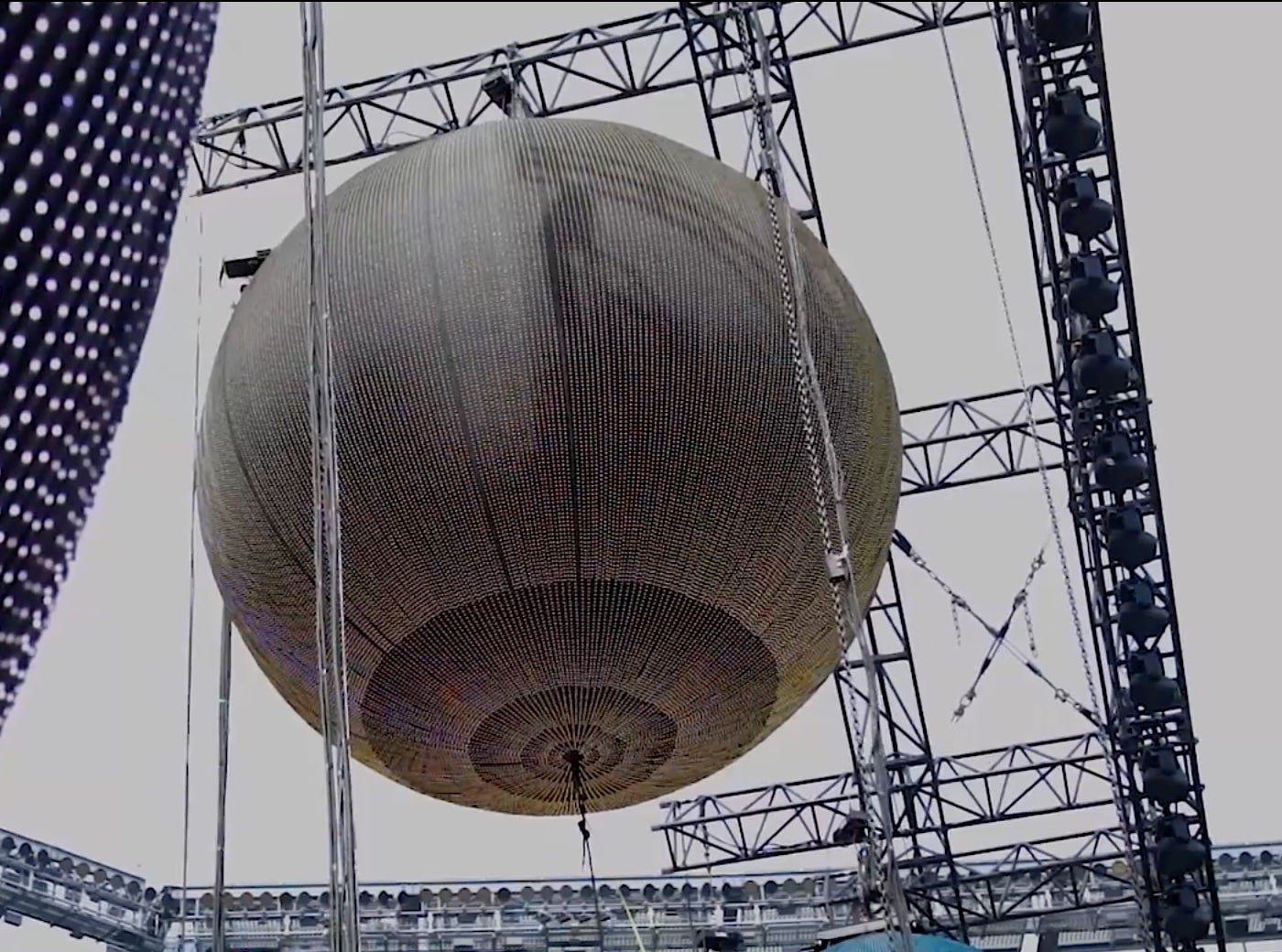
How did you and your team turn this vision into a reality? What were the techniques and methods used?
Chris Martin and Coldplay have been longtime environmental champions, so our mission was to make their desire for a more sustainable touring footprint a reality. To accomplish this for their current Music of the Spheres Tour, our team reduced the transportation size of the show’s main visual element – four large LED spheres that float above the stage, 2 at 10’ diameter and 2 at 15’ diameter.
PRG Projects engineered a solution that allowed these spheres to be inflatable which meant that they travel in their deflated state, minimizing the number of trucks required for transport. The framing and rigging for the LED spheres are minimal making it more efficient to dismantle and pack, and also reducing the required truck space. The lighting system is made up of low-energy LED sources so overall we’re using about 50 percent less power as compared to Coldplay’s previous tour, helping to make this outing as sustainable as possible.
What were the biggest challenges that you had to face during this entire project?
When we started this project at the beginning of the pandemic, supply chain issues were a real concern. We were dealing with a lot of parameters that we didn’t have in the past, which made the risk factors higher and increased the potential to slow down the process. The process was much less predictable as well since everything leading up to concerts is normally as organized as possible, and the pandemic threw that off.
Many of our components are manufactured in China, which was locked down, but our team worked around the clock to make it happen on time with the production calendar. When it came to making the actual set design, one of our biggest concerns was transporting everything needed for the show in an environmentally friendly manner.
Using traditional construction techniques, the four spheres would have needed 6 trucks for transport. In order to minimize CO2 emissions, our engineers at PRG came up with the inflatable solution so that they would travel in a collapsed state and fit in one truck, which has never been done before and required a lot of research and testing.
Ultimately, each sphere uses narrow strips of LED that are sewn into the skin, so we needed to be particularly mindful to make them robust enough to withstand not only the elements (outdoor shows) but also expanding and contracting every day.
There is a shifting inclination when it comes to the need for sustainability. What is your take on this shift across industries?
I agree that there is a shift towards sustainability and that it is necessary to make this adjustment across industries. Within what we do at PRG, we are very focused on sustainability and finding ways that we can go further. Compared to 1993, it would take nine trucks to move a 100-meter screen. Now with our advancements, we’re able to move the same size screen with half a truck.
The next frontier of innovation for us is to continue finding ways for the actual installation of the equipment to become more sustainable. We’re already making moves towards this by creating screens that the concert sound system can go behind instead of the sound systems sitting above each screen, which reduces the need for additional structure on tours. Overall, across industries, the best way to move forward is to encourage collaboration between the different parties involved and to change procedures together to make an impact.

Finally, what does the future look like for PRG Projects? On a personal front, where do you see yourself standing in the coming years?
Personally, I will be spending more time in the US as I am moving from Belgium to Las Vegas. I’m helping our division here in the US set up the same division that is currently being set up in Europe that will allow artists who are touring internationally to not have to transport their touring equipment overseas. Instead, we will be able to supply their equipment on both continents. We’re working on building a platform to accomplish this efficiently and that will also allow us to recycle 100% of the equipment we’re using so that none of it ends up in a landfill.
As for PRG Projects, we are continuing to strive for more sustainable projects, such as building this division, and to build upon our sustainable innovations as this remains a very important focus for us.

